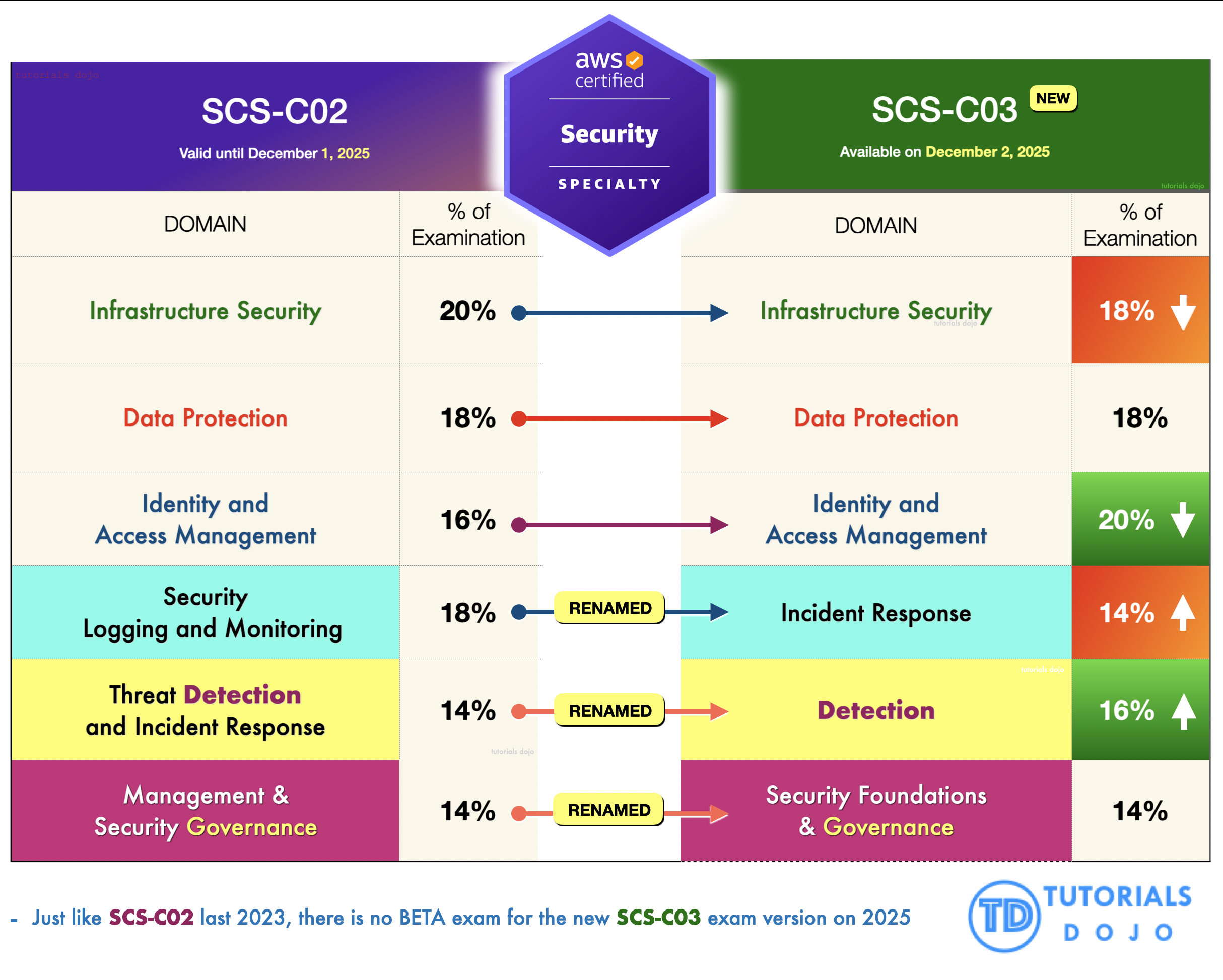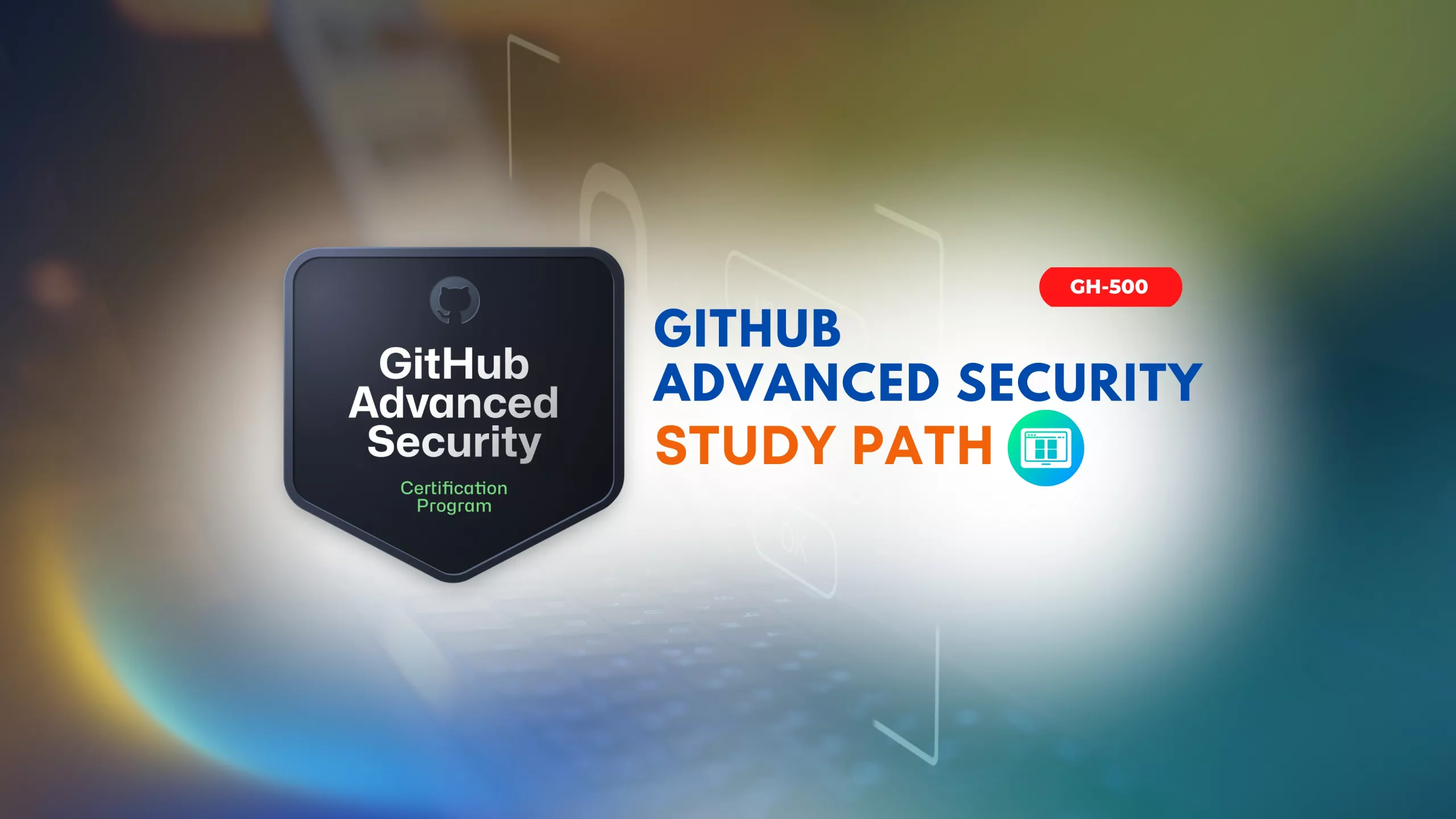GitHub Discussions
Ace Kenneth Batacandulo2026-01-05T11:18:33+00:00GitHub Discussions Cheat Sheet A forum-like space within a GitHub repository or organization for collaborative communication. It is designed for open-ended conversations, questions, ideas, planning, updates, and community interaction, distinct from issues (which are for actionable work). Answering questions Sharing ideas or proposals Announcing news or releases Brainstorming and community feedback Creating a community knowledge base GitHub Discussions Categories Discussions must be grouped into categories that define their purpose and format. Category Purpose Format Announcements Latest updates and announcements from project maintainers. Announcement General Everything relevant to the project. Open-ended discussion Ideas Suggestions for project improvements. Open-ended discussion Polls Polls [...]










